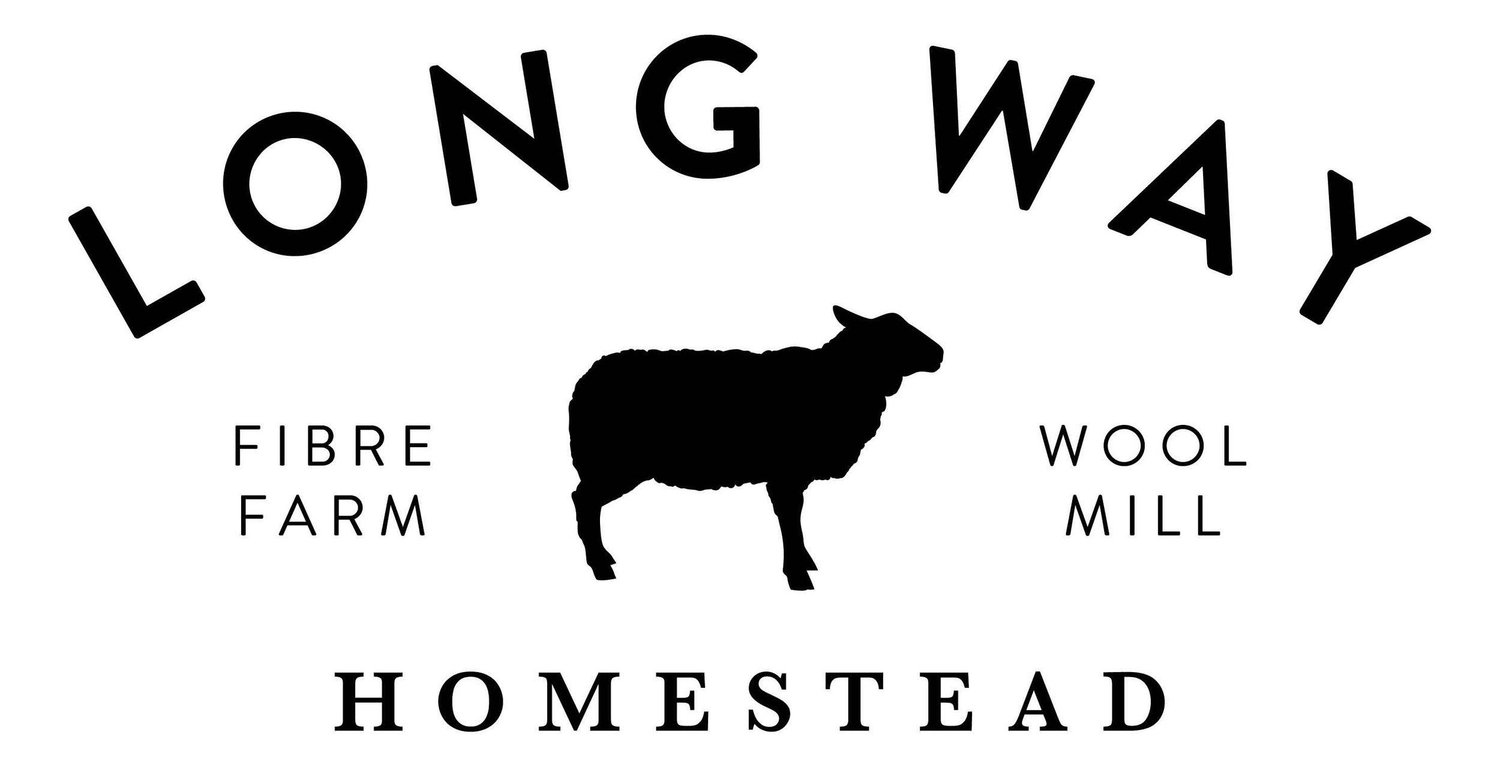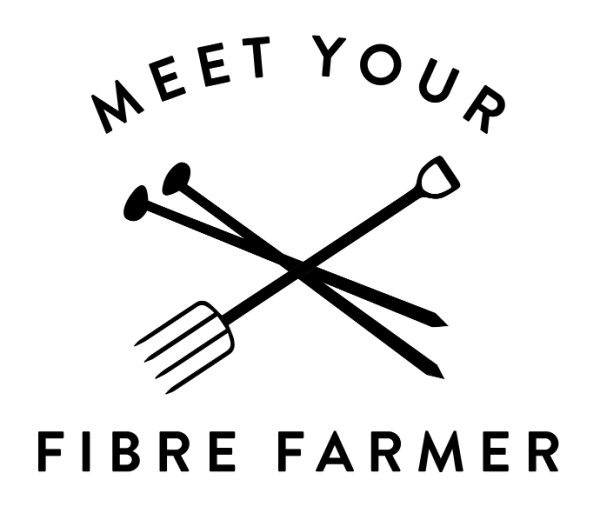The Jacob sheep is a British sheep breed, but it’s true origins are not known. Some think it originated from Spain and then cross-bred with British sheep, but no one is certain. The breed gets it name from the bible, in the old testament, and a reference to Jacob taking every speckled and spotted sheep from his father-in-laws flock and breeding them. Jacob sheep were seen as ‘ornamental’ sheep and were kept not as a production sheep (for meat or wool) but as ornaments in many British parks. They are a smaller breed with some unique traits.
The first thing that is noticeable about the Jacob sheep is the multiple horns they have growing from their skull. Jacob sheep can have 2, 4 or 6 horns and they are considered Polycerates (meaning "many-horned") animal. They also are a piebald animal – meaning they have a pattern of unpigmented spots (white) on a background of pigmented (dark) fibre.
Jacob sheep are hardy and are excellent grazers in poorer conditions (although all those horns can be hard on a shepherds infrastructure) and they are very attentive mothers to their lambs. They are on the conservation watch list to ensure their genetics are preserved.
Jacob wool has a fair amount of variability within it – obviously the colour is variable – not only from one sheep to another, but even on an individual animal you can find spots of white, black, brown, lilac or gray. The different colours will vary slightly from each other in texture and staple. If you are ever able to purchase and process a Jacob fleece by hand you will have the opportunity to see this variation up close. However, we blend the fleece together and the variation doesn’t play a role in our preparation of the fibre.
Jacob wool is open and lofty and will have some lustre to it, some fleeces contain kemp fibres and the variation within the fleece can produce a more ‘tweed’ like fabric. The depth of colour within the fleece is perhaps the Jacob’s strongest asset and can be used in designs that will benefit from a rich colour or tweed like appearance.
The micron count will vary, so some fleeces may be fine enough for next to skin projects, while others would be more suited to outerwear. Jacob wool is lovely for sweaters, hats, mittens, vests and other textiles. Jacob wool can be dyed – but would you really want to – with such stunning colours to begin with?
Staple length: 3 – 6 inches
Fibre diameter: 25 – 35 microns
Fleece weight is between 4 – 5.5lbs
Structure: Slightly pointed tips, some lustre and moderate crimp.
Details coming soon from the Manitoba Farm that we source our Jacob wool from.
This is our first time ever including Jacob wool in our breed study, we look forward to your recommendations for how it spins and knits/crochets.
seriously - how cute is this jacob lamb??







